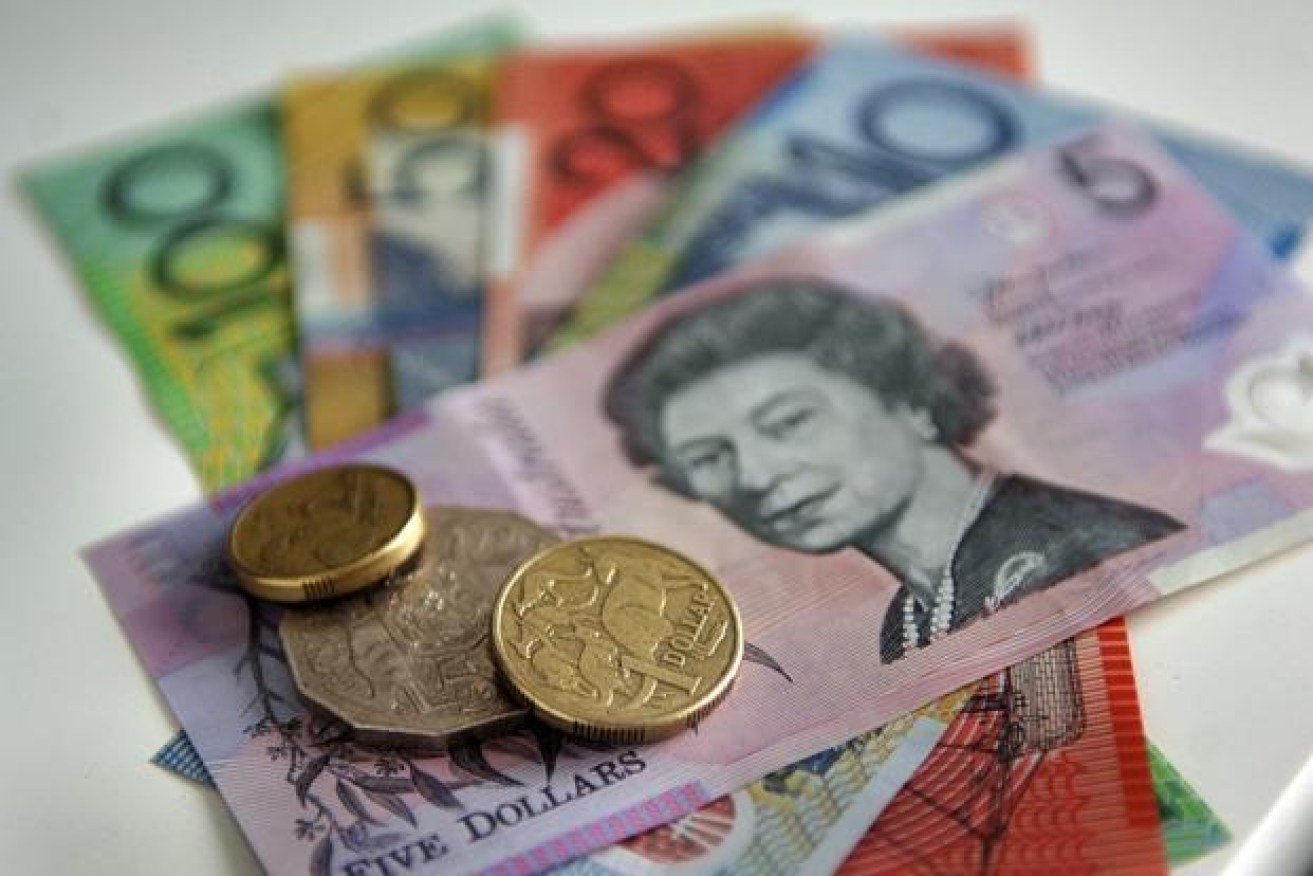Why the Aussie dollar is down and likely to fall further


The Australian dollar has taken a hit against the greenback and further falls seem likely. Photo: AAP
The Australian dollar fell to its lowest point since January 2016 this week off the back of strong US economic growth, and a recovery is unlikely until next year.
A booming US economy has pushed America’s interest rates up and made the greenback more attractive than the local dollar, which this week hit 70 cents against the USD – its lowest point since February 2016.
This year, the dollar has fallen from a high of 81 cents to the current price at the time of writing of around 70 cents, losing 2 cents since October 2 alone.
That was a greater year-to-date depreciation than either the Chinese yuan or the Phillipines peso have endured.
It’s bad news for would-be travellers, and it could get worse.
Eleanor Creagh, Australian market specialist with global trading firm Saxo Capital Markets, told The New Daily that the dollar is tracking to drop below 70 US cents in the coming months, and won’t head higher until next year at the earliest.
Part of this is due to the gap between US and Australian interest rates, which Ms Creagh expects will continue to widen this year and next, making the US dollar more attractive because of the higher returns offered by higher interest.
In fact, economic differences between the two countries pushed the gap between US and Australian government bond yields to its highest point since the 1980s on Thursday.
But the dollar’s price is also influenced by Asian markets and is currently feeling the force of US President Donald Trump’s tariffs on Chinese imports, which will jump from 10 per cent to 25 per cent at the start of 2019 unless a resolution is reached.
An accord between China and the US would provide a more optimistic outlook for the dollar, but until the two nations end their economic skirmishing an up-tick is unlikely.
Similarly, Grant Samuels Funds Management advisor Stephen Miller said the Australian dollar could be languishing in the mid- to high-60 cents range in six to nine months’ time.
Mr Miller said the Australian economy is doing well but doesn’t have the momentum he expects it needs for the RBA to push rates higher and start to close the gap with the US.
This could be the case until 2020, but Mr Miller added that there is an upside to the low dollar.
While the price of overseas holidays and imported goods will be pushed up, Australia’s exporters, as well as local businesses currently competing with importers, will become more competitive both here and abroad.
Mr Miller described it as an economic “safety valve” that will help kick-start economic growth and support local businesses, and ultimately isn’t a bad thing for the country.
On Tuesday, Reserve Bank of Australia (RBA) governor Philip Lowe said an improving economy “should see some further lift in wages growth”, though warned this would be a “gradual process”.
Mr Lowe’s comments were made in his speech on the RBA’s decision to hold interest rates at 1.5 per cent for a record 26th consecutive month.
In the speech, Mr Lowe acknowledged the dollar’s depreciation against the US greenback, but said the dollar has stayed within the same range it has occupied for the last two years on a trade-weighted basis (which assigns different importance to currencies based on how commonly they’re used in international trade).








